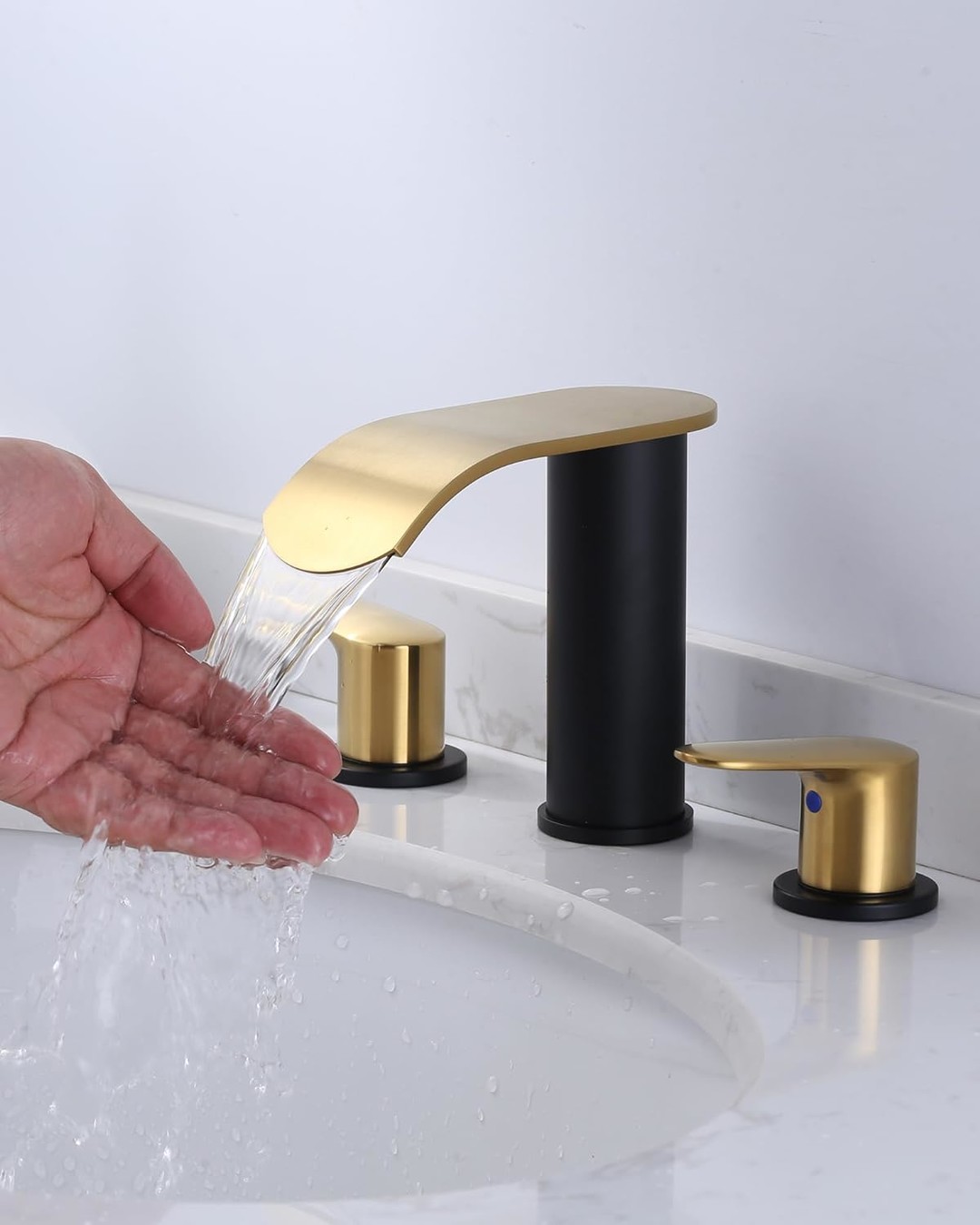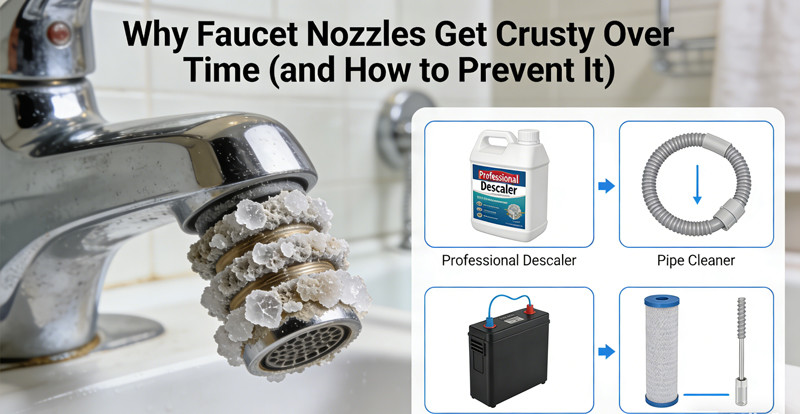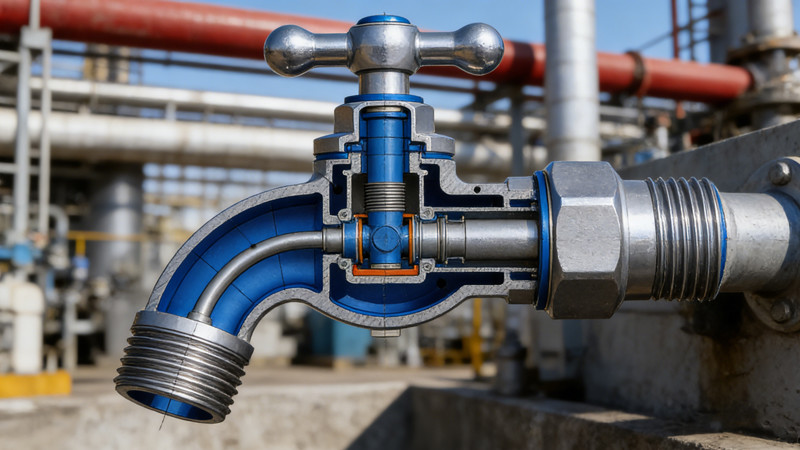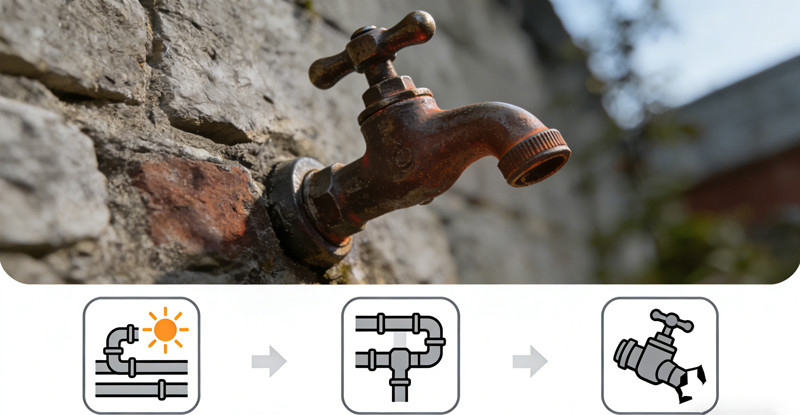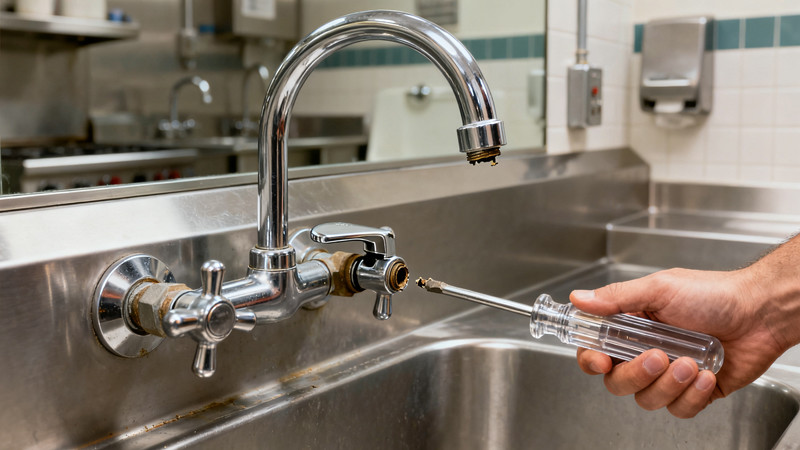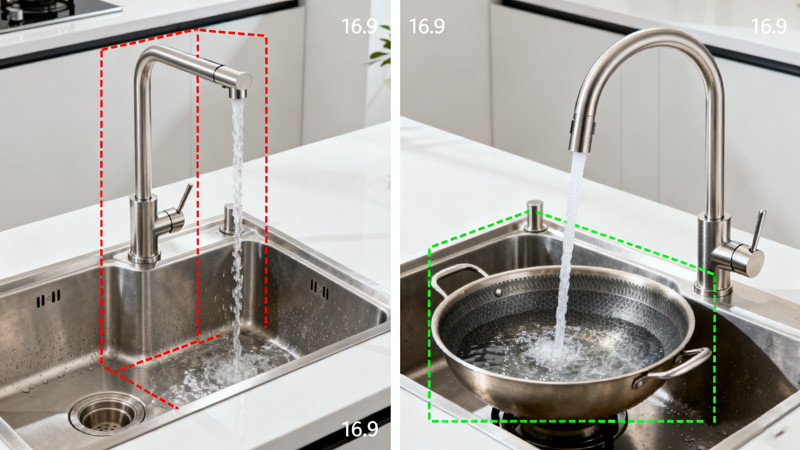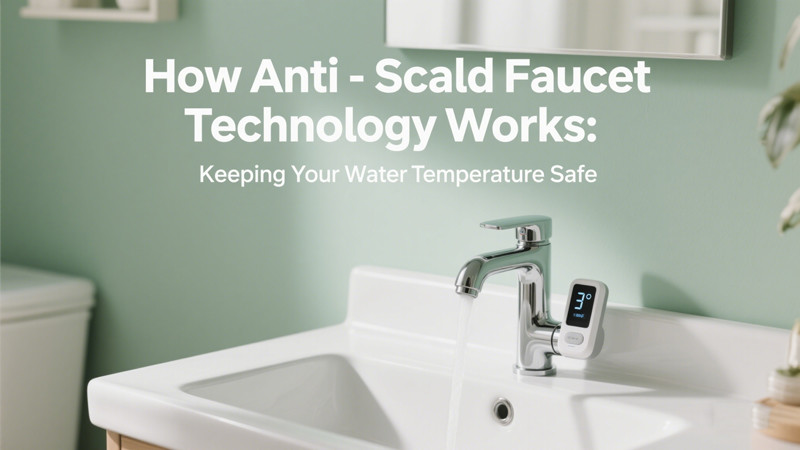
Scald injuries from hot water are a common household hazard, especially for young children, elderly individuals, and people with sensitive skin. Imagine turning on the tap for a quick hand wash and accidentally exposing yourself to dangerously hot water that can cause painful burns in seconds. To combat this risk, modern plumbing fixtures increasingly incorporate anti-scald technology in faucets and shower valves, designed to maintain safe water temperatures and prevent sudden temperature spikes. But how exactly do these anti-scald faucets work? In this post, we’ll dive into the technology behind anti-scald faucets, their mechanisms, and why they’re essential for home safety.
Understanding the Scalding Hazard
Before exploring anti-scald technology, it’s important to understand why scalding happens. Scalding injuries occur when skin is exposed to hot water that exceeds a safe temperature threshold. According to the American Burn Association, water above 120°F (49°C) can cause burns, with the severity increasing as the temperature rises. For instance, exposure to water at 140°F (60°C) can cause third-degree burns in just 5 seconds.
Several factors contribute to sudden temperature changes at faucets:
- Pressure fluctuations: When someone flushes a toilet or runs a washing machine, it can reduce cold water pressure suddenly, causing hot water to surge through the faucet.
- Water heater settings: Water heaters are often set at temperatures higher than the safe limit to prevent bacterial growth, but this increases the risk of scalding.
- Mixing valve failure: Without a proper temperature regulation mechanism, hot water can dominate the flow unexpectedly.
To prevent these dangers, anti-scald faucets employ specialized technology to control and stabilize water temperature.
What is Anti-Scald Faucet Technology?
Anti-scald faucet technology refers to the systems integrated into faucets and shower valves that limit the maximum water temperature delivered, ensuring it never exceeds a predetermined safe level. This technology often involves mechanical or electronic components that detect water temperature or pressure and adjust the flow accordingly.
The key goal is to maintain water temperature within a safe range, typically not exceeding 120°F (49°C), regardless of fluctuations in water pressure or heater output.
Key Components and Mechanisms in Anti-Scald Faucets
1. Thermostatic Mixing Valves (TMVs)
One of the most common and effective technologies used in anti-scald faucets is the thermostatic mixing valve. TMVs mix hot and cold water to a pre-set temperature before delivering it to the faucet outlet. Here’s how they work:
- Temperature sensing element: Inside the valve is a thermostatic element (often a wax or bi-metallic strip) that expands or contracts in response to water temperature changes.
- Automatic adjustment: When the water temperature rises above the set point, the valve automatically adjusts the ratio of hot to cold water, reducing hot water flow and increasing cold water to maintain a safe output temperature.
- Fail-safe operation: If cold water supply is interrupted, the valve shuts off or restricts hot water flow to prevent scalding.
Because TMVs continuously monitor and adjust temperature, they can respond quickly to pressure changes, maintaining consistent temperature output.
2. Pressure-Balancing Valves
Pressure-balancing valves are another widespread anti-scald solution. These valves focus on balancing water pressure between hot and cold water supplies:
- Pressure-sensitive mechanism: The valve contains a diaphragm or piston that moves in response to changes in pressure on either the hot or cold water side.
- Automatic compensation: If cold water pressure drops (such as when a toilet flushes), the valve reduces hot water flow to maintain a balanced mix.
- Temperature stability: By balancing pressures, these valves help prevent sudden spikes in water temperature, keeping the water within a safe range.
While not as precise as thermostatic valves, pressure-balancing valves are simpler and effective in preventing sudden scalding from pressure fluctuations.
3. Anti-Scald Faucet Cartridge Technology
Many single-handle faucets incorporate anti-scald technology directly into their cartridge mechanism:
- Temperature limit stops: These cartridges often have adjustable stops that limit how far the handle can turn toward hot water, capping the maximum temperature.
- Built-in pressure balancing or thermostatic control: Some high-end cartridges combine pressure balancing or thermostatic functions for better temperature regulation.
- User override: Some models allow temporary override of temperature limits with a deliberate action, adding flexibility without compromising safety.
By integrating the anti-scald function within the cartridge, manufacturers provide compact and reliable solutions suitable for kitchen and bathroom faucets.
Additional Safety Features
Besides the core anti-scald mechanisms, some faucets include extra features:
- Temperature indicators: Visual or tactile indicators help users know when water is hot or cold.
- Delayed shutoff: Some faucets shut off hot water flow if a dangerous temperature is detected.
- Electronic controls: Advanced faucets have digital thermostats and sensors for precise temperature control and can even connect to smart home systems.
Installation and Standards
For anti-scald technology to be effective, proper installation is critical. Professional plumbers typically install these valves near the fixture or within the water heater system to ensure accurate temperature regulation.
Regulatory bodies set safety standards for anti-scald devices, such as:
- ASSE 1016 for thermostatic mixing valves
- ASME A112.18.1 / CSA B125.1 plumbing standards
- Uniform Plumbing Code (UPC) requirements for maximum temperature output
Complying with these standards ensures that anti-scald faucets meet strict safety and performance criteria.
Benefits of Anti-Scald Faucets
Using anti-scald faucets brings multiple benefits:
- Safety: The primary benefit is protection against painful and dangerous burns.
- Comfort: Stable water temperature enhances user comfort by preventing sudden temperature swings.
- Energy efficiency: By limiting excessive hot water use, these faucets can reduce water heating costs.
- Peace of mind: Families with children, elderly members, or disabled individuals gain reassurance from the safety features.
Conclusion
Anti-scald faucet technology plays a vital role in household safety by preventing burns caused by excessively hot water. Whether through thermostatic mixing valves, pressure-balancing valves, or advanced cartridge mechanisms, these systems work by continuously monitoring water temperature or pressure and automatically adjusting hot and cold water flow to keep temperatures within safe limits.
When selecting faucets for your home, especially in bathrooms and kitchens, choosing models with anti-scald technology ensures safer water use and greater comfort for everyone. Combined with proper installation and adherence to safety standards, these technologies offer a simple yet powerful solution to one of the most common domestic hazards — scald injuries.
 WOWOW Faucets
WOWOW Faucets